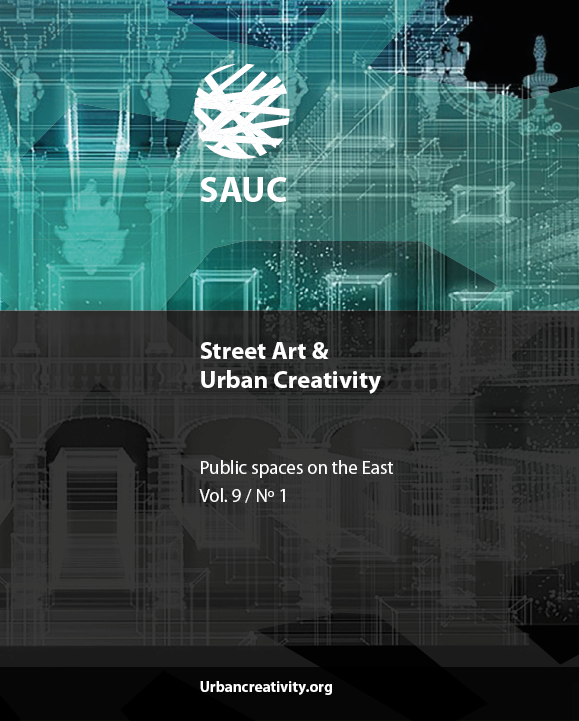Istanbul Taksim Republic Monument as an example of public art
DOI:
https://doi.org/10.25765/sauc.v9i1.667Keywords:
Turkish architecture of the Republican Period, Public spaces, Public art, Taksim Republic MonumentAbstract
Statues erected in public spaces are important elements of city squares and also represent traces of culture that are transferred into the future. These monuments are sometimes built for purposes of propaganda and at other times to commemorate a particular event, but whatever the reason for their creation, they are significant structures that serve as points of social interaction within the communities of which they are a part. When their relationship with the environment is firmly established, these monuments also assume an urban identity. The founder of modern Turkey, Mustafa Kemal Atatürk, wished to have the establishment of the new political model and the “nation state” emerging with the proclamation of the Republic (29 October 1923) symbolized through the language of architecture. Thus, as he promoted the slogan of “reaching the level of contemporary civilization,” he expected to have this concept reflected in architecture as much as possible in the physical sense during the Republican period of institutionalization. Part of his plan to achieve this was to create and activate public spaces in the urban landscape. This led to the monumentalization of the art of sculpture and to the appearance of the city squares of modern Turkey, where the statues that were the works of art displayed in these public spaces came to represent Atatürk and the newly established social order. This article aims to analyze how one of the symbols of Turkish architecture and of the Republican Period, the Taksim Republic Monument in Taksim Square, Istanbul, took shape as a public monument, and attempts at the same time to describe its social relationship with the surrounding environment.
Downloads
Global Statistics ℹ️
|
205
Views
|
73
Downloads
|
|
278
Total
|
|
Downloads
Published
How to Cite
Issue
Section
License
Those authors who publish in this journal accept the following terms:
-
Authors retain copyright.
-
Authors transfer to the journal the right of first publication. The journal also owns the publishing rights.
-
All published contents are governed by an Attribution-NoDerivatives 4.0 International License.
Access the informative version and legal text of the license. By virtue of this, third parties are allowed to use what is published as long as they mention the authorship of the work and the first publication in this journal. If you transform the material, you may not distribute the modified work. -
Authors may make other independent and additional contractual arrangements for non-exclusive distribution of the version of the article published in this journal (e.g., inclusion in an institutional repository or publication in a book) as long as they clearly indicate that the work was first published in this journal.
- Authors are allowed and recommended to publish their work on the Internet (for example on institutional and personal websites), following the publication of, and referencing the journal, as this could lead to constructive exchanges and a more extensive and quick circulation of published works (see The Effect of Open Access).













